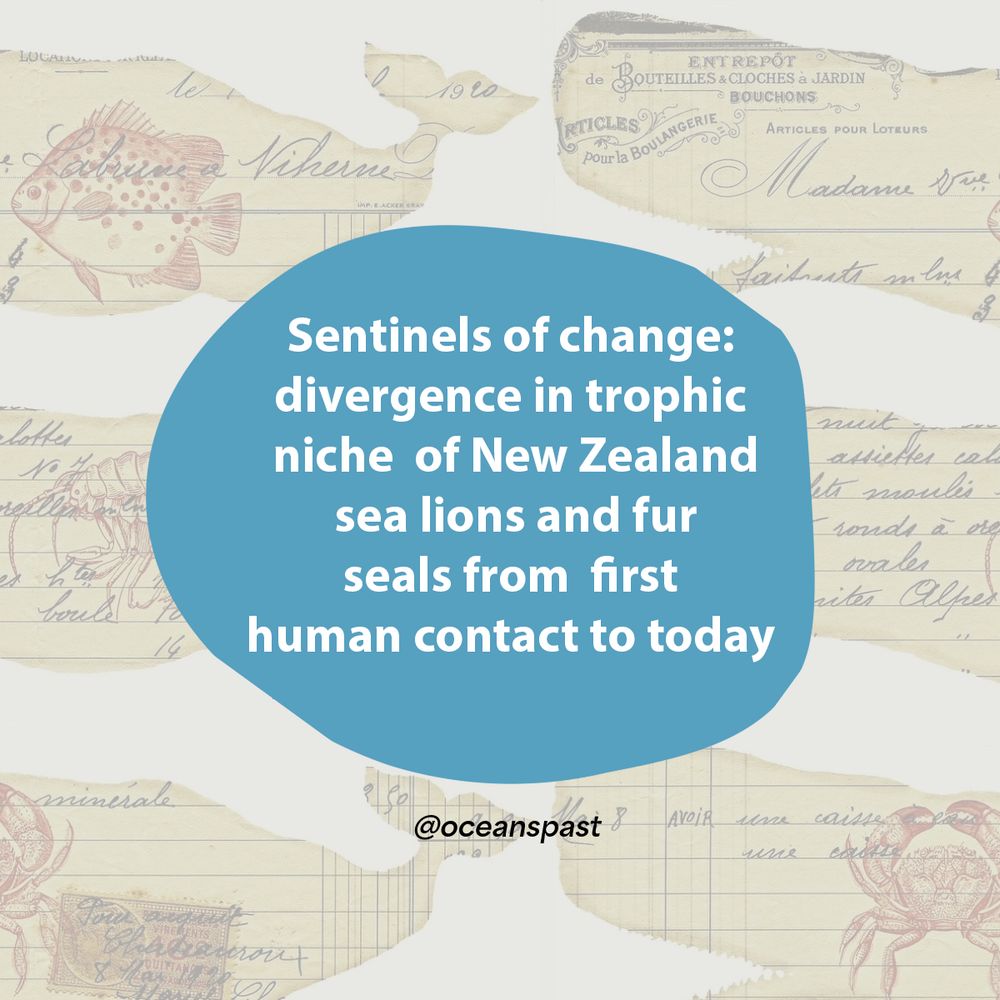
A new study in Marine Ecology Progress Series takes a deep dive into the long-term ecological changes in New Zealand’s marine ecosystems, through the diets of two iconic predators: the New Zealand sea lion and fur seal. By analyzing stable isotopes from bones spanning from the first Māori settlements (ca. 1250 CE) to modern populations, researchers traced how these animals adapted their foraging strategies over centuries of human impact.
Once thriving on a rich diet supported by kelp forests and coastal biodiversity, both species now rely more heavily on low-trophic, pelagic prey. In some regions, they’ve converged on nearly identical diets, signalling a loss of ecological complexity. The study not only highlights the resilience and adaptability of these predators but, also reveals the cascading effects of industrial fishing and habitat degradation.
These findings remind us how historical ecology and zooarchaeology can shed light on modern conservation challenges and offer a baseline for restoring healthy, functioning marine food webs.
Read the article HERE


Related Articles
New Study Reveals Earliest Evidence of Whale Bone Working in Late Paleolithic Europe
New Study Reveals Earliest Evidence of Whale Bone Working in Late Paleolithic Europe A new paper published in Nature Communications presents groundbreaking evidence of whale bone working in the Bay of Biscay during the Late Paleolithic. Through a detailed multiproxy...
Continuous mitochondrial diversity of Danube sturgeon species over millennia
New Study Reveals Continuous mitochondrial diversity of Danube sturgeon species over millenniaSturgeons, iconic, culturally significant, and ecologically vital fishes, have long shaped human economies and ecosystems in the Danube basin. Yet today, these species are in...
New research on Europe’s forgotten oyster reefs
A groundbreaking study published in Nature Sustainability has unveiled the extensive historical presence of European oyster reefs, highlighting their significant ecological role and the profound impact of their decline. By analyzing over 1,600 records spanning 350...



